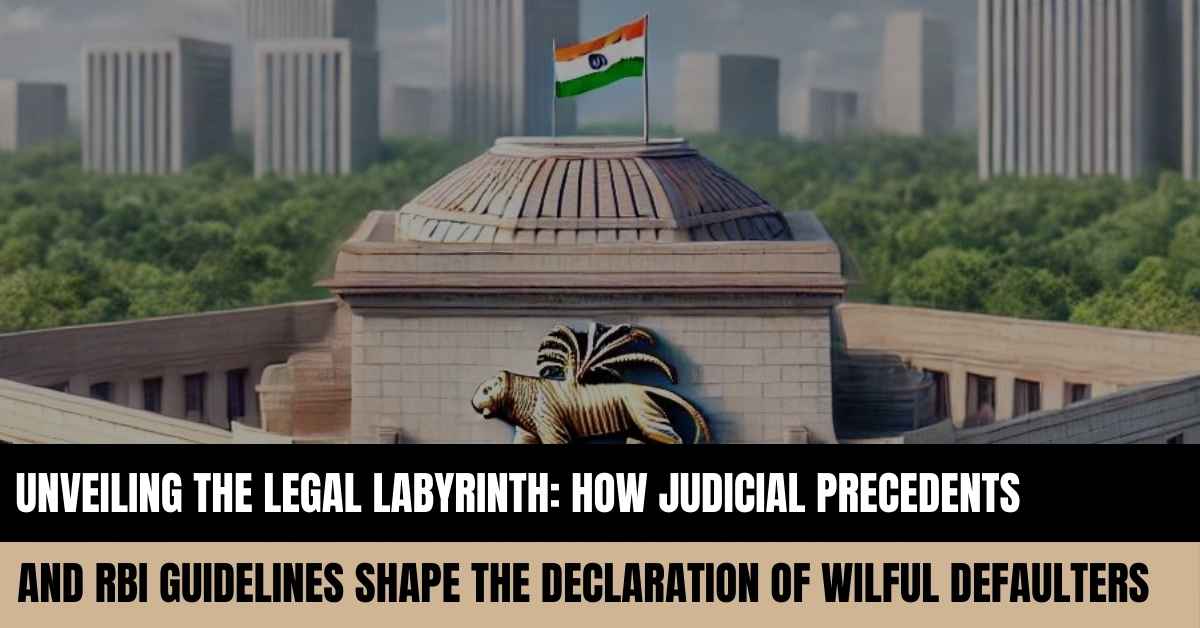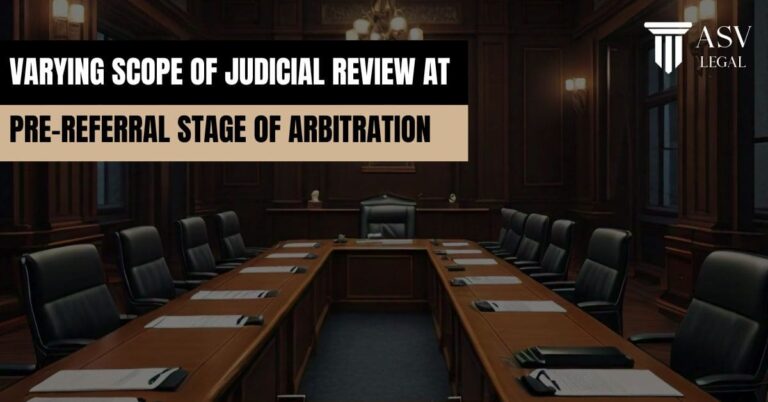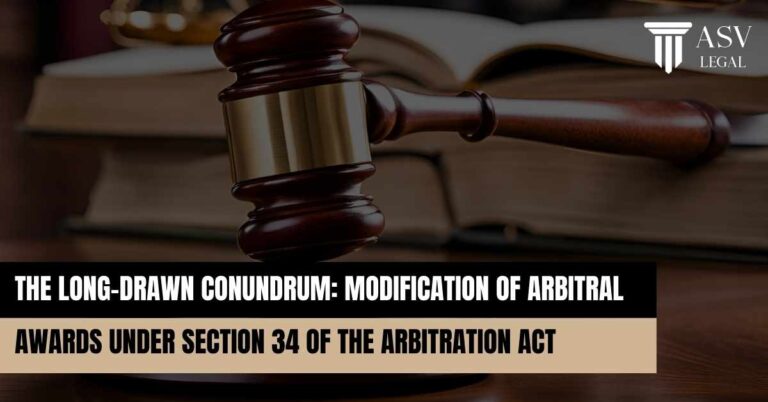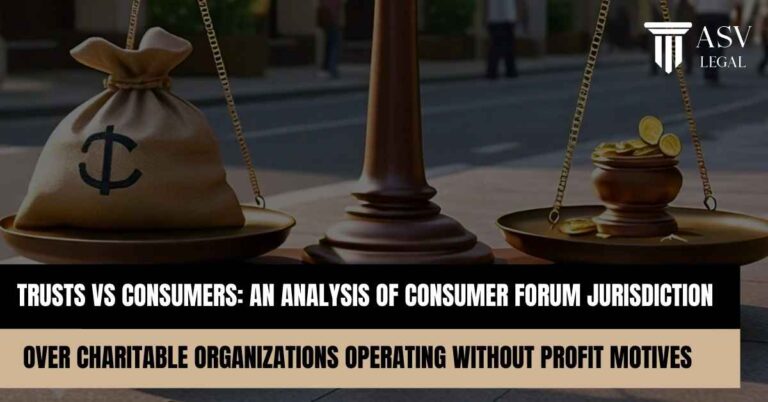Written By: Jahnvi Gupta
Introduction
The concept of a “wilful defaulter” in Indian banking law has gained significant attention due to its implications for both Borrowers and Lending Banks/Institutions. It pertains to individuals or entities deliberately avoiding loan repayment despite having the means to do so. This article aims at the guidelines issued by the Reserve Bank of India and its prevailing misuse by the Lender Banks.
RBI Guidelines on Wilful Defaulter
Clause 2.1 of the RBI Master Circular[2] provides the definition of “wilful defaulter” which states that a wilful default occurs if a Borrower defaults on its repayment obligations despite having the capacity to pay, or defaults and diverts loan funds from their intended use, or defaults and siphons off funds, resulting in no remaining assets or defaults and disposes of pledged assets without the Lender Bank’s consent.
The RBI guidelines on wilful defaulters are aimed at curbing deliberate non-repayment of loans. The RBI’s Master Circular lays down certain parameters which classifies a Borrower as a wilful defaulter including intentional non-payment where the Borrower, despite having the capacity and cash flow to repay the loan, deliberately refrains from doing so; siphoning of funds which involves the diversion of sanctioned funds for unexplained or unauthorized purposes; fraudulent practices including the provision of false information or engagement in dishonest practices to avoid repayment; misrepresentation of records wherein false or misleading information is provided to the Lender Bank regarding financial status or loan purpose with the intent to deceive; and unauthorized disposal of collateral which refers to the removal or transfer of pledged collateral without the Lender Bank’s consent, thereby compromising the Lender Bank’s security interest.
Judicial Interpretation and Precedents
The judicial interpretation of the RBI’s guidelines has significantly influenced how banks apply these rules and how courts address disputes arising from such declarations. “In Mr. Milind Patel v. Union Bank of India & Ors.[3], the Division Bench of the Bombay High Court established that when Lender Banks invoke the RBI’s Master Circular, they must disclose all relevant materials, including both incriminating and exculpatory evidence, to the Borrower, rather than only the information cited in the show-cause notice.
Furthermore, the Supreme Court in T. Takano Vs. Securities and Exchange Board of India[4] addressed the issue in the context of a show-cause notice issued under the SEBI (Prohibition of Fraudulent and Unfair Trade Practices) Regulations, 2003. The Court determined that the relevant test is not whether the material disclosed is explicitly relied upon in the show-cause notice, but whether the material is pertinent to the adjudication process, as such material is likely to impact the authority’s decision.
Further, the Supreme Court in State Bank of India v. Jah Developers Private Limited and Others[5] recognized that the declaration of a person as a wilful defaulter has a direct and immediate impact on their fundamental right to conduct business. To enhance due process, the Supreme Court interpreted the Master Circular to include additional procedural safeguards. These include the Borrower’s right to make representations before the Review Committee against the draft order issued by the Identification Committee and the necessity for the Review Committee to issue a reasoned final order on such representations. In the wake of Jah Developers (supra) ruling, the Bombay High Court in Kanchan Motors and Others vs. Bank of India & Ors.[6]and Narendra Seoomal Sabnani & Others Vs. State Bank of India & Others[7] clarified that both, the Identification Committee and the Review Committee must issue reasoned and non-speaking orders.
Conclusion
The judicial precedents indicate a clear judicial inclination towards safeguarding Borrower rights and ensuring that the classification of wilful default is not misused. Courts have repeatedly emphasized that the classification should be based on clear, substantive evidence of wilful intent and not merely on the inability to repay. As both Banks and Borrowers navigate this complex landscape, the critical examination of judicial precedents helps in understanding how these principles are applied and interpreted, ensuring that the legal framework serves justice and equitable treatment for all parties involved.
[1] Jahnvi Gupta, Associate at ASV Legal LLP.
[2] Master Circular on Wilful Defaulters dated July 1, 2014, RBI/2014-15/73.
[3] 2024 SCC OnLine Bom 745.
[4] (2022) 8 SCC 162.
[5] (2019) 6 SCC 787.
[6] (2018) SCC OnLine Bom 1761.
[7] (2021) SCC OnLine Bom 4604.




